The forgotten: Arthur Robert
When you think of the history of Mont Tremblant, there are names that come immediately to mind: Ryan, McCulloch, Duncan and, more recently, Wheeler, Guay and Anderson. There is, however, a whole army of individuals who, starting at the very beginning of the adventure, contributed to the smooth running and development of the resort we know today.
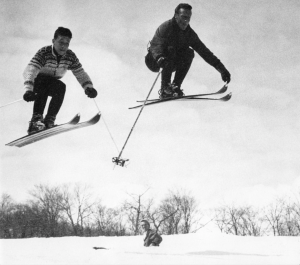
I was fortunate enough to grow up at the base of the slopes, and when I say “base of the slopes”, I mean that from my bedroom window I saw the bottom of the Duncan run. I was a witness to this era and knew all the pioneers and artisans. In the coming months, I will introduce to you and tell you, in these pages, of my memories of the forgotten greats of Tremblant’s history. Let’s begin with a man I liked a lot: Arthur Robert.
Arthur was a calm, organized man, hard-working and proud. Before being hired by Tremblant in 1938, he already worked as a dynamiter and logger for the International Paper company. It was his responsibility to blow up the log jams on the Rouge and Diable Rivers. He was one of the first employees hired by Mr. Ryan – hired as a logger – and it was his job to clear the ski runs and a space for the village at the bottom of the mountain.
A big job
When the ski resort opened for its first season of operation, Arthur, his brother Thomas and his son Raymond were engaged to maintain the trails. Every day, from eight in the morning till dark, the climbed and descended the mountain, snowshoes on their feet and shovel in hand, trimming the tops of the bumps and packing down the new snow. The runs were narrower, of course, but it was still an enormous amount of work and, as no one had ever done it before, they had to improvise.
Over the years, like the ski resort, Arthur’s team grew. He added a second son, Jean-Pierre, as well as some neighbours: Tom Valiquette, René Ouellette, Jacques Giroux, Edmond Clement, Fernand Barnes and more. My memories of the members of the team are still very much alive.
I was, as was said at the time, at the “petite école” in the village on lac Mercier (which is today the Village sector of Mont-Tremblant). After school and on weekends, I was always skiing. My father would tell me where Arthur and his team were working, and I would take off down the slopes to be with them.
The smell of toast
For the workers, lunch was eaten at the place they had reached on the mountain. Protected from the wind by the trees, they dug benches in the snow the length of the trails. They lit a small fire and toasted their sandwiches. The smell of toast guided me to them and when I found Arthur, I would toast my bread, too, and share with them a cup of tea made from melted snow. I was in heaven!
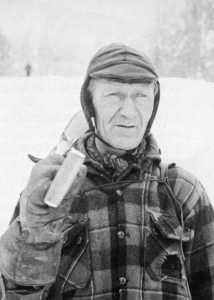
Even the “dead season” was busy
During the “dead season” – the off-season – Arthur and his team would keep working on trail maintenance. Early each Monday, they would head up the mountain laden with enough provisions to spend the week. They would set up in the small huts scattered over the mountain. It might be a lift operator’s cabin or, preferably, the buildings that served as restaurants such as the Rendez-vous at the summit, the Octogone, the Tea Chalet or Mary Ryan’s Hutt.
These shelters were also used by deer hunters. I remember sleeping in them on fall Saturday nights along with Arthur, Ernie McCulloch, Noël Chauvin and my dad, Charlie. It was our role, Arthur’s and mine, to be the hunting dogs. So we made lots of noise so the deer would get up and move, and as I was eight years old, I made a fair amount of noise. In fact, it was at that same age, with Arthur, that I shot my first deer.
In the summer, Arthur had to make sure that the infrastructure – things like the small bridges that crossed the streams – were in good shape. He gathered the rocks that had “sprung up” in the spring and trees that had fallen over the winter. As fall approached, he had to scythe the long grass on the trails by hand and cover the trails with additional hay, bought at neighbouring farms. The new trails were vulnerable to the elements, particularly rain, and had to be protected.
Employees like Arthur worked non-stop on a mountain that they couldn’t enjoy themselves. You’ll say that they were paid for that…. True, but it was $100 a month, and the boss got $125. I believe that men like Arthur were proud of what they did and that they knew well that their efforts would change the region forever. They made a difference, and were happy to participate in this incredible adventure.
I will always be grateful for the time I spent with Arthur and for the attention he paid me. His honesty and work ethic were excellent life lessons.
Thank you, Arthur!
By the same author: A very reserved hero (Click the image below)
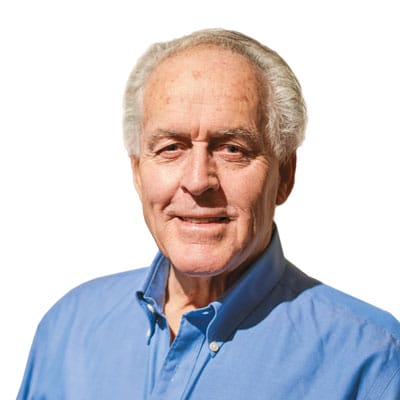
Peter Duncan123 Posts
Membre de l’équipe canadienne de ski alpin de 1960 à 1971, skieur professionnel de 1971 à 1979 et champion américain en 1965, Peter Duncan a participé aux Jeux olympiques de 1964 à Innsbruck ainsi qu’à ceux de 1968 à Grenoble. Intronisé au Temple de la renommée du ski au Canada, au Panthéon des sports du Québec et récipiendaire de la médaille du gouverneur général, Peter a longtemps été commentateur de ski à la télévision./ Peter Duncan is a Canadian former alpine skier who competed in the 1964 and the 1968 Winter Olympics. He was named to the Canadian National Alpine Team in 1960 at the age of 16 and competed at the national level for the next 10-years until 1970 before retiring.
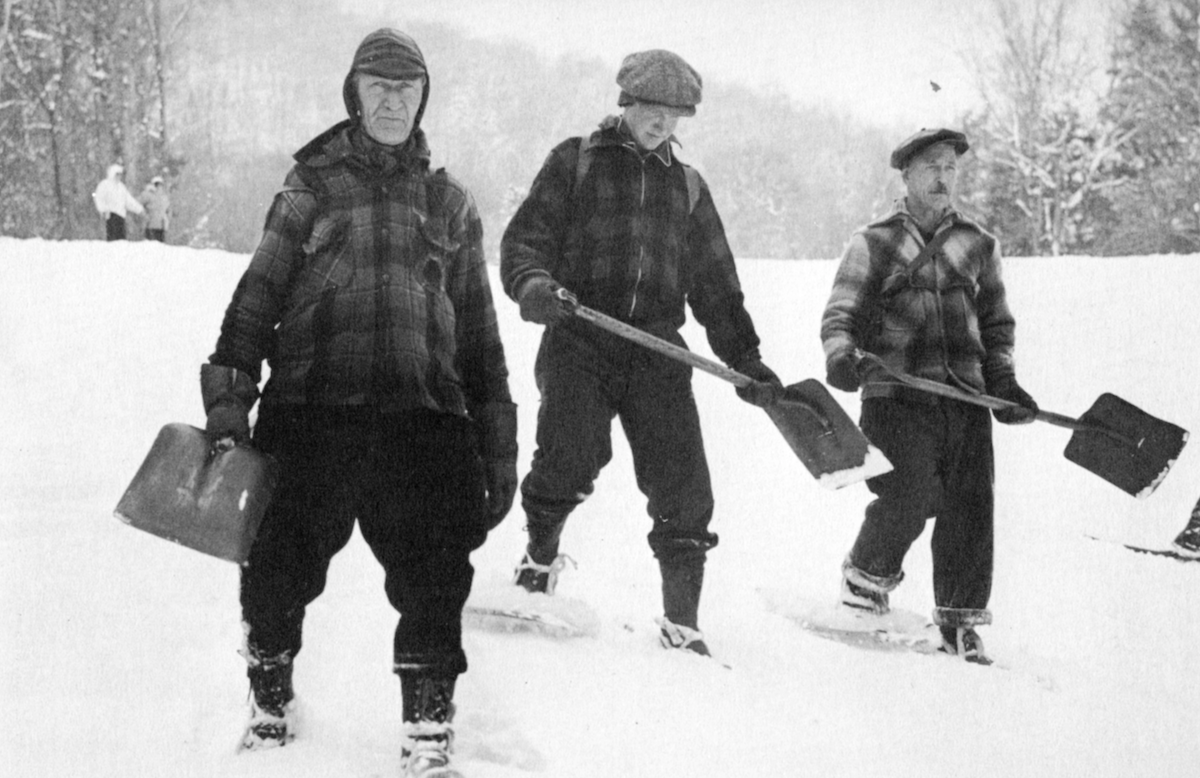
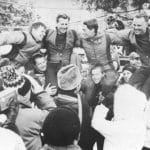
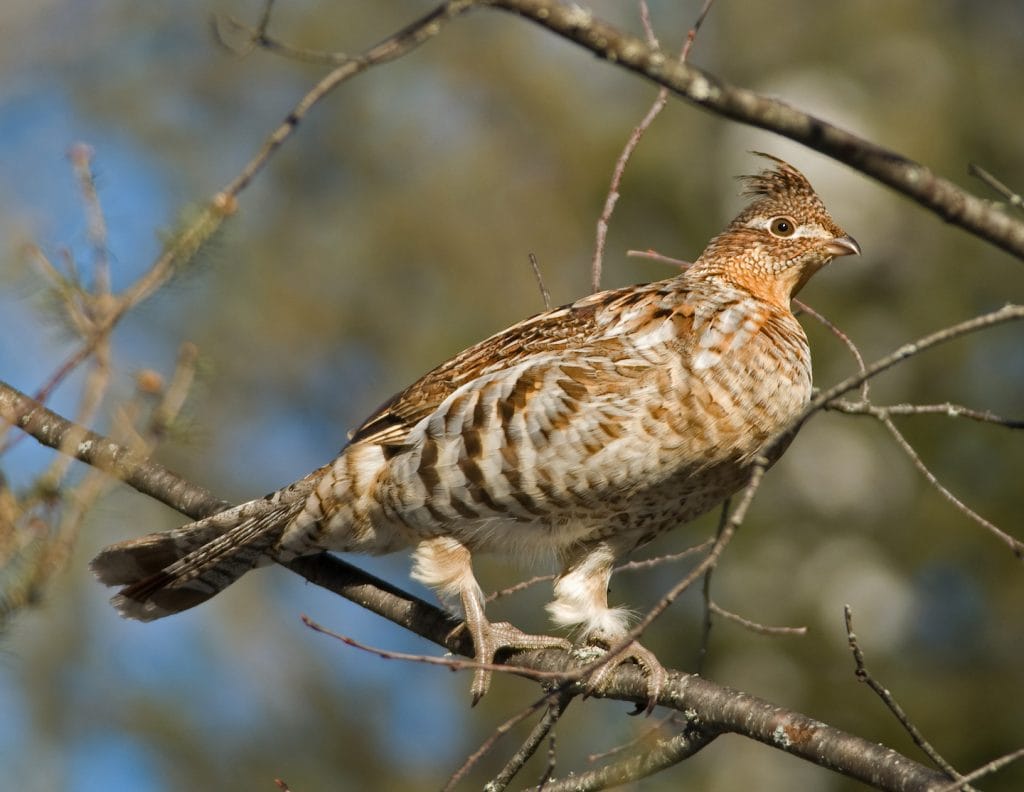
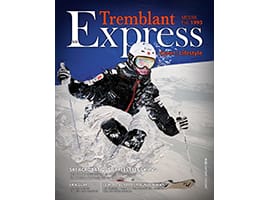

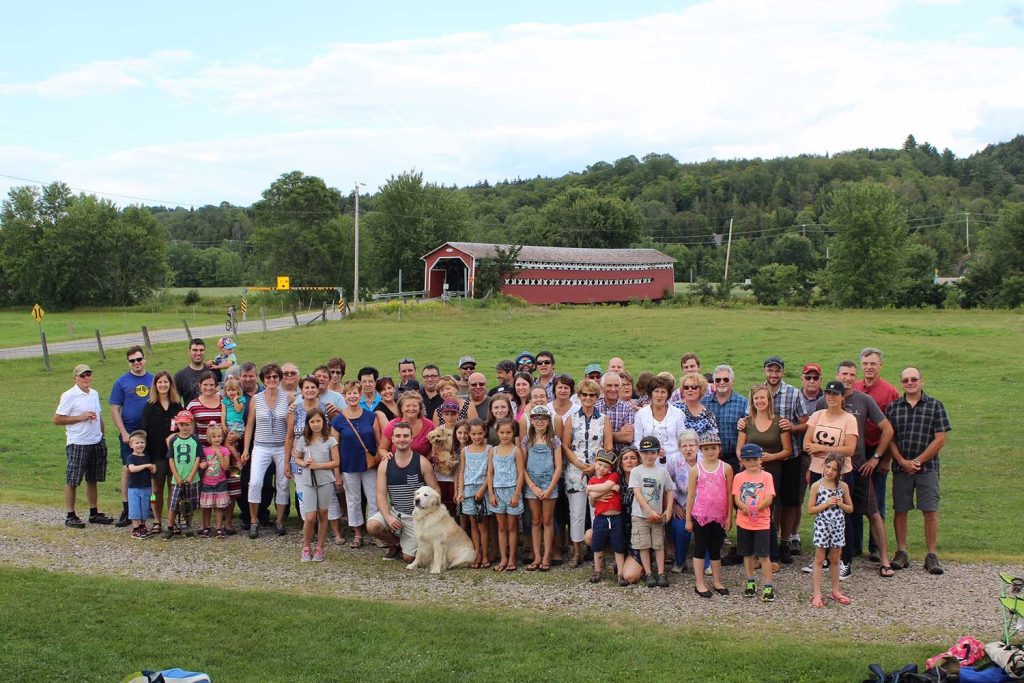
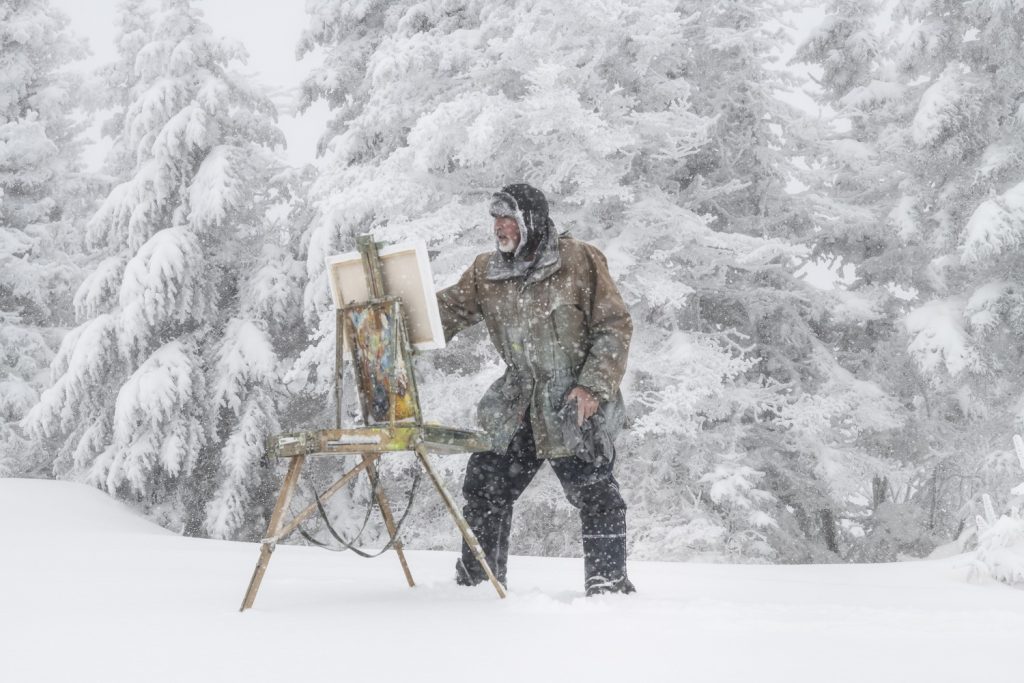
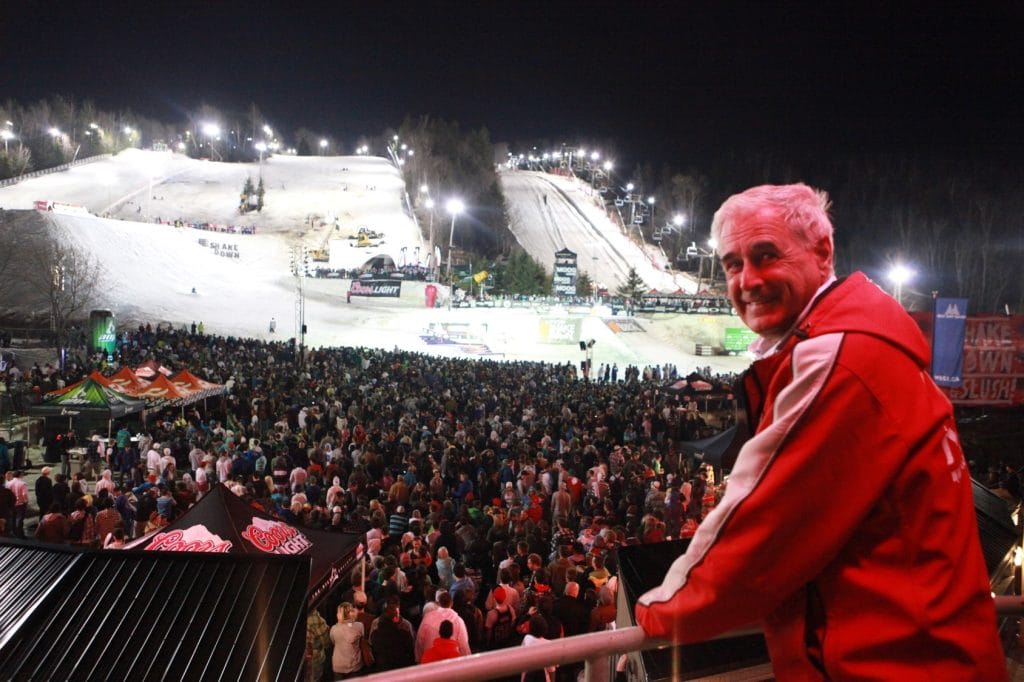
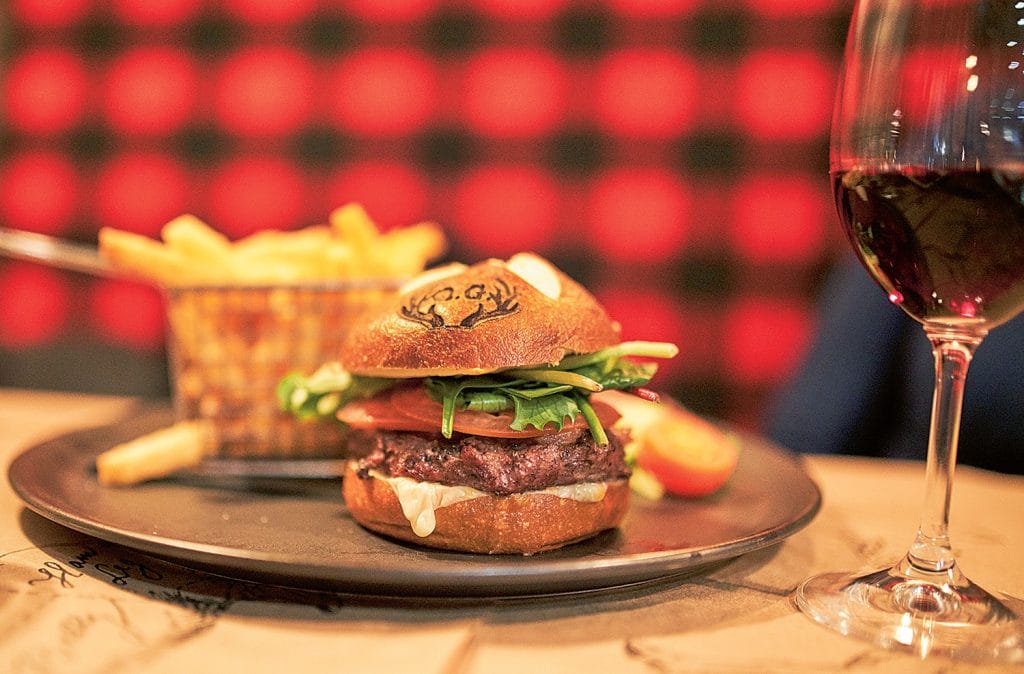
0 Comments